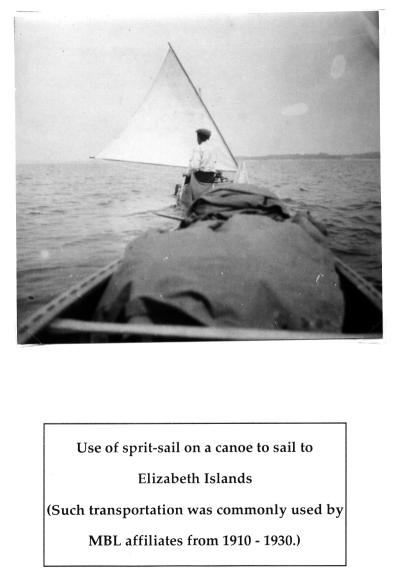Filtering by
- Creators: Marine Biological Laboratory Archives

X-ray free-electron lasers provide novel opportunities to conduct single particle analysis on nanoscale particles. Coherent diffractive imaging experiments were performed at the Linac Coherent Light Source (LCLS), SLAC National Laboratory, exposing single inorganic core-shell nanoparticles to femtosecond hard-X-ray pulses. Each facetted nanoparticle consisted of a crystalline gold core and a differently shaped palladium shell. Scattered intensities were observed up to about 7 nm resolution. Analysis of the scattering patterns revealed the size distribution of the samples, which is consistent with that obtained from direct real-space imaging by electron microscopy. Scattering patterns resulting from single particles were selected and compiled into a dataset which can be valuable for algorithm developments in single particle scattering research.

Viral protein U (Vpu) is a type-III integral membrane protein encoded by Human Immunodeficiency Virus-1 (HIV- 1). It is expressed in infected host cells and plays several roles in viral progeny escape from infected cells, including down-regulation of CD4 receptors. But key structure/function questions remain regarding the mechanisms by which the Vpu protein contributes to HIV-1 pathogenesis. Here we describe expression of Vpu in bacteria, its purification and characterization. We report the successful expression of PelB-Vpu in Escherichia coli using the leader peptide pectate lyase B (PelB) from Erwinia carotovora. The protein was detergent extractable and could be isolated in a very pure form. We demonstrate that the PelB signal peptide successfully targets Vpu to the cell membranes and inserts it as a type I membrane protein. PelB-Vpu was biophysically characterized by circular dichroism and dynamic light scattering experiments and was shown to be an excellent candidate for elucidating structural models.







